
The Civil War, one of the most pivotal events in American history, is surrounded by myths that have been handed down through generations. While some of these myths come from propaganda, others are fueled by Hollywood portrayals or even school textbooks that leave out key facts. Let’s separate fact from fiction as we explore 10 common misconceptions about the conflict and uncover the truth behind them.
Myth: The Conflict Was Over Slavery

While slavery was the central issue that caused the fighting, it was not the sole cause. The war was primarily fought over states’ rights. Many in the South believed that states had the right to secede from the Union, while those in the North argued for the preservation of the Union.
Myth: The South Was Defeated Because It Had Fewer Resources

It is commonly believed that the South lost because it lacked vital resources. Though the South was indeed at a disadvantage in terms of human resources and industrial capacity, it also faced internal issues, such as poor logistics and a lack of centralized leadership.
Myth: The Confederacy Was A Unified Force
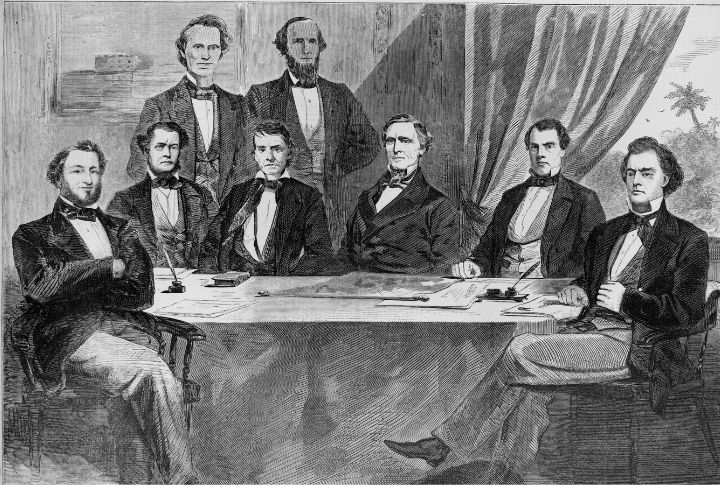
Contrary to the myth, the Confederacy was not a cohesive, unified force throughout the war. The Confederate states had vastly different political and economic interests. States’ rights were a significant issue, with many Confederate leaders prioritizing their state’s sovereignty. This infighting among Confederate leaders hindered their ability to make effective military decisions.
Myth: Abraham Lincoln Wanted To Free All Slaves At The War’s Outset
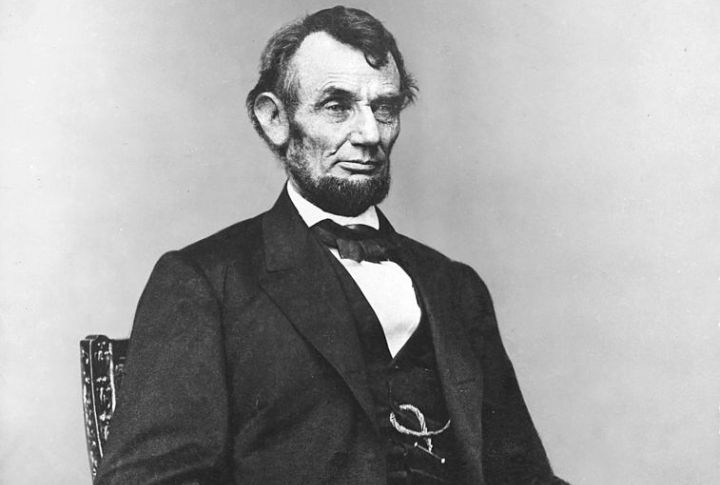
Many believe Lincoln’s primary goal was to end slavery immediately. In reality, Lincoln initially sought to preserve the Union and only moved toward emancipation as a war strategy. The Emancipation Proclamation, issued in 1863, was aimed at weakening the Confederacy by freeing slaves in the South.
Myth: The Battles Were Primarily Fought In The South

A common misconception is that most of the fighting during this period took place in the South. While many significant battles were fought in the Southern states, the war’s impact was felt nationwide. The North’s industrial centers, such as Pennsylvania and New York, were also threatened by Confederate raids.
Myth: The Confederacy Had Better Military Leadership
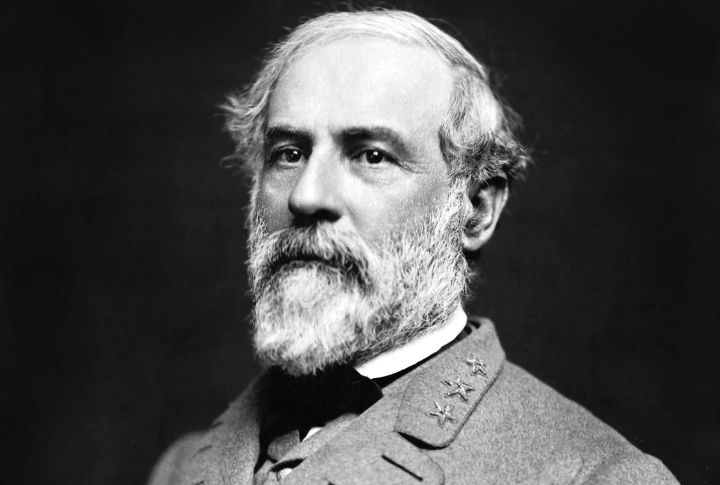
Although Confederate generals like Robert E. Lee are often seen as superior to their Union counterparts, the truth is more nuanced. The Union had a larger pool of talented generals, including Ulysses S. Grant, William Tecumseh Sherman, and Philip Sheridan, who eventually proved to be key to the Union’s victory.
Myth: The Battle Of Gettysburg Was The Turning Point Of The War

The Battle of Gettysburg was a significant victory for the Union, yet it did not end the war immediately. The Union’s victory at Gettysburg and General Grant’s successes in the West helped shift the momentum in favor of the North. However, the war continued for almost two years.
Myth: The Emancipation Proclamation Abolished Slavery
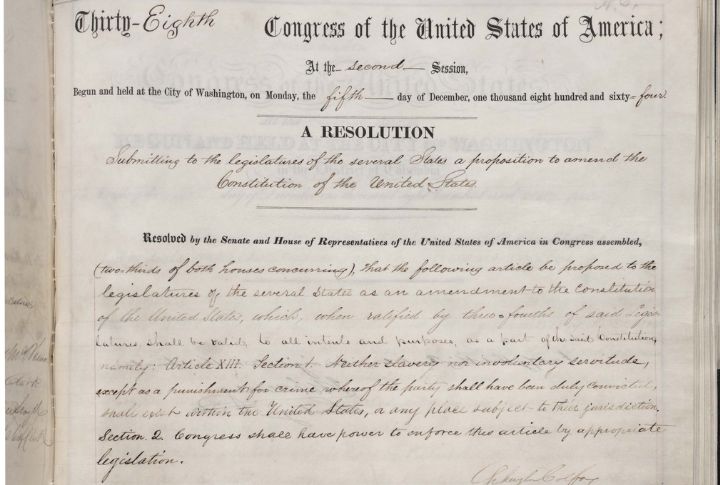
Although President Lincoln’s Emancipation Proclamation, issued in 1863, declared all slaves free, it did not immediately take effect nationwide. The proclamation applied only to rebel states and did not affect slaveholding states loyal to the Union. Slavery was not fully abolished until the ratification of the 13th Amendment in December 1865.
Myth: The Civil War Was Won Because Of Superior Union Technology
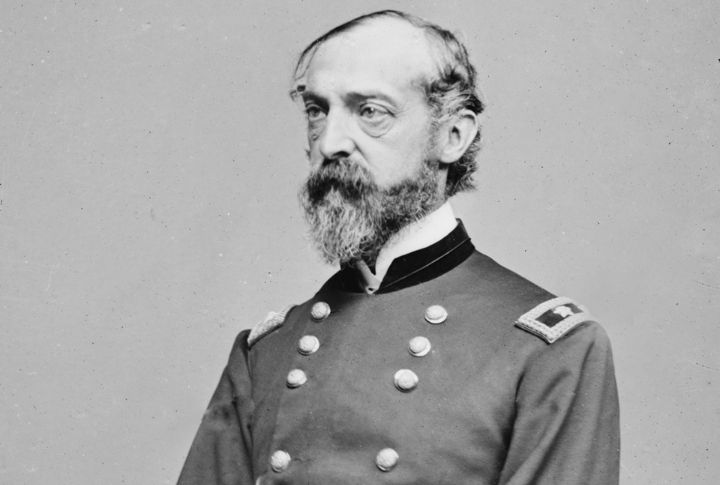
The Union had technological advantages, such as better industrial resources and more advanced railroads. Still, the belief that technology alone won the war is an oversimplification. Southern states also had significant technological developments. The Union’s success was largely due to its strategic use of its resources.
Myth: It Was Fought Between Two Equal Sides
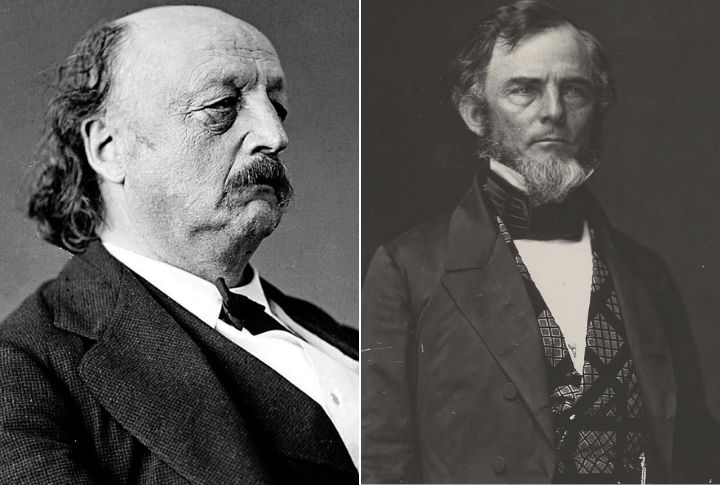
The idea that the Union and the Confederacy were equally matched is misleading. Northern states had a significantly larger population, greater industrial capacity, and superior transportation networks. The South, while more experienced in military leadership and fighting on home turf, was severely disadvantaged in terms of resources, manufacturing, and infrastructure.

